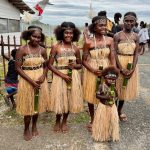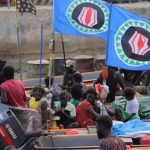Revolutionary schools hold a special place in North Korea’s education system. The best-known ones are the Mangyongdae Revolutionary School and the Kang Pan Sok Revolutionary School. However, in North Korean state media reports in 2025, a name suddenly appeared – the Chilgol Revolutionary School. Is this a newly built institution? This blog will take you through everything that is currently known about the Chilgol Revolutionary School.
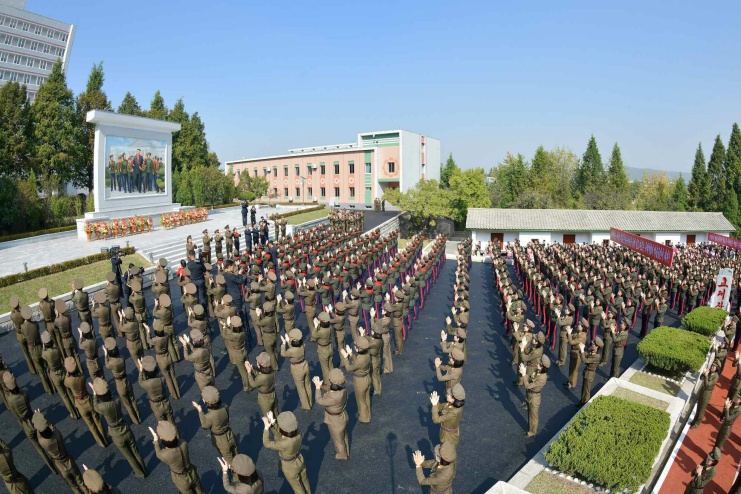
Table of Contents
What is Revolutionary School in North Korea?
In North Korean propaganda, one of the most emphasised claims is that every child receives twelve years of compulsory education, with all school fees covered by the state. This system includes one year of preschool, five years of primary school, three years of middle school, and three years of high school.
Revolutionary schools, however, are different. They are elite institutions for students aged between 10 and 19, run under a strict military-style system. Daily life is highly regimented, with a strong focus on military training. These schools operate outside the normal twelve-year system. After graduation, students can join the army directly, enter university or a military academy, or continue with the schools’ own two-year higher education programme.
They are boarding schools, giving students only a long summer holiday each year. Life inside is relatively privileged, with better conditions than ordinary schools. But entry is not open to just anyone. Revolutionary schools are reserved for the children of high-ranking party, government, and military officials, as well as the children of martyrs and decorated figures.
Originally, these schools were called “Schools for the Children of Martyrs”. In 1962, they were reorganised under the name “Revolutionary Schools”. They are often described collectively as “training bases for North Korea’s revolutionary core”.
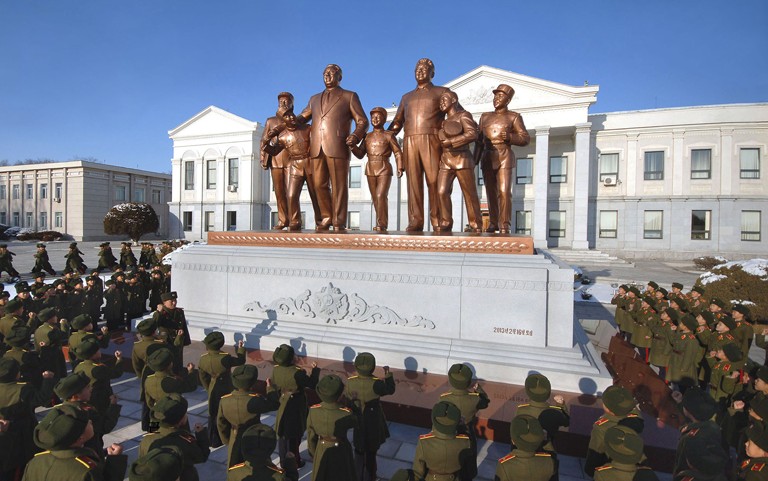
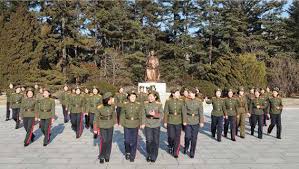
Famous Revolutionary Schools in North Korea
Before the name Chilgol Revolutionary School appeared, the two most famous revolutionary schools in North Korea were the Mangyongdae Revolutionary School and the Kang Pan Sok Revolutionary School.
Mangyongdae takes its name from Kim Il Sung’s birthplace. It was founded on 12 October 1947, on a site chosen personally by Kim Il Sung near his family home. The school was created to educate the children of anti-Japanese martyrs. Many of its first students were the children of Kim Il Sung’s former guerrilla comrades, such as O Keuk Ryol, the orphaned son of O Jung Heup. He grew up as a childhood friend and sworn brother of Kim Jong Il. The school grounds also hold the very first bronze statue of Kim Il Sung erected in North Korea.
Kang Pan Sok Revolutionary School, meanwhile, is named after Kim Il Sung’s mother. It began in 1958 as a girls’ school split from the Mangyongdae Revolutionary School. Although it became an independent institution later, its founding day is still marked as 12 October 1947. Together, Mangyongdae and Kang Pan Sok symbolise both the glory of Kim Il Sung’s birthplace and the legacy of his family.
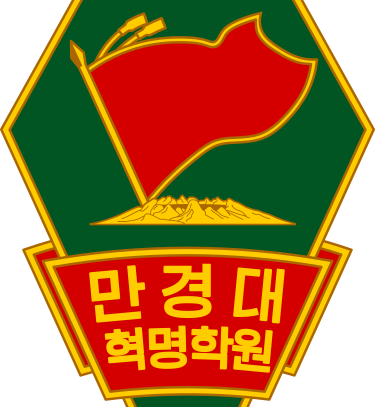
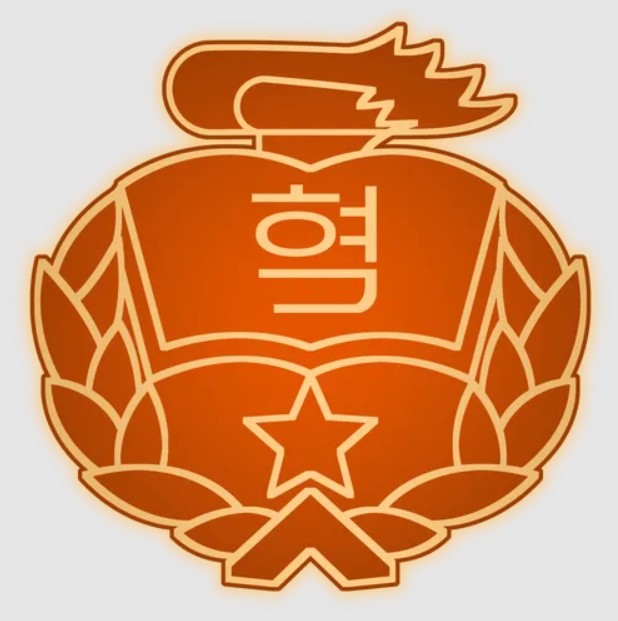
Other Revolutionary Schools in North Korea
Apart from the Mangyongdae and Kang Pan Sok Revolutionary Schools in Pyongyang, there are two other revolutionary schools located outside the capital.
These are the Nampo Revolutionary School and the Sinil Revolutionary School. Nampo Revolutionary School, situated in Nampo City, is a branch of the Kang Pan Sok Revolutionary School and serves as a girls’ school. Sinil Revolutionary School is located in Tongrim County, North Pyongan Province, and is for boys. Both schools mainly enrol the children of local officials and stationed military officers.
Originally, Sinil Revolutionary School focused on the orphans of Korean War martyrs. In 1974, it shifted to admitting the children of those who died in operations against South Korea. From the 1990s, it gradually began to enrol the children of officials serving overseas as well as those of peacetime martyrs. By 1993, it also started to accept the children of locally stationed military officers.
Chilgol Revolutionary School
On 20 June 2025, Chilgol Revolutionary School appeared in the news for the first time. Because of the special nature of revolutionary schools, it is very unlikely to be a newly built or minor institution. The sudden mention of a school not previously known among the four revolutionary schools immediately raised curiosity.
According to state media, from 17 to 19 June 2025, the “Revolutionary Schools Sports Festival – 2025” took place at the Mangyongdae Revolutionary School. More than 1,000 students from Mangyongdae, Chilgol, Nampo, and Sinil Revolutionary Schools took part in various events. Each school was represented by a team named after one of North Korea’s famous mountains: Myohyang, Kumgang, Kuwol, and Chilbo.
From this report, it is clear that there are still four revolutionary schools in total. The team names have always been based on prominent mountains in the country, a long-standing tradition of the festival. In the past, Mangyongdae Revolutionary School competed as the Mt. Myohyang team, Kang Pan Sok as the Mt. Kumgang team, Nampo as the Mt. Kuwol team, and Sinil as the Mt. Chilbo team. But in 2025, Chilgol Revolutionary School appeared as the Kumgang team.
The word “Chilgol” is not a random or meaningless choice. In North Korea, it is closely tied to Kim Il Sung’s mother, Kang Pan Sok, as Chilgol was her birthplace. Today, the Chilgol Revolutionary Site in Pyongyang still honours her with a bronze statue. Right next to it stands the Chilgol Christian Church, where she once served as a deaconess.
Taken together, all this suggests that the Chilgol Revolutionary School is none other than the once well-known Kang Pan Sok Revolutionary School under a new name.


When did the Name Changing of Chilgol Revolutionary School Happen?
The exact date when the Kang Pan Sok Revolutionary School was renamed as the Chilgol Revolutionary School is unknown, but it seems to have taken place between 9 and 20 June 2025. On 9 June, North Korean state media still referred to it as the Kang Pan Sok Revolutionary School when reporting on its agricultural support activities.
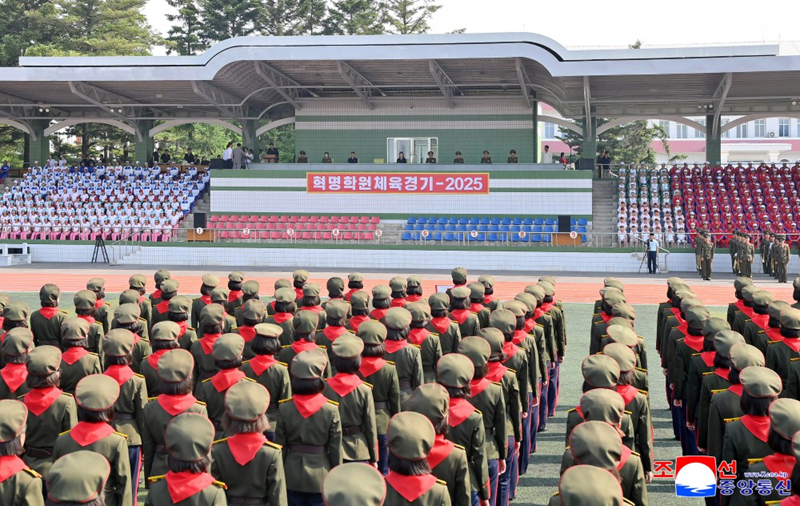
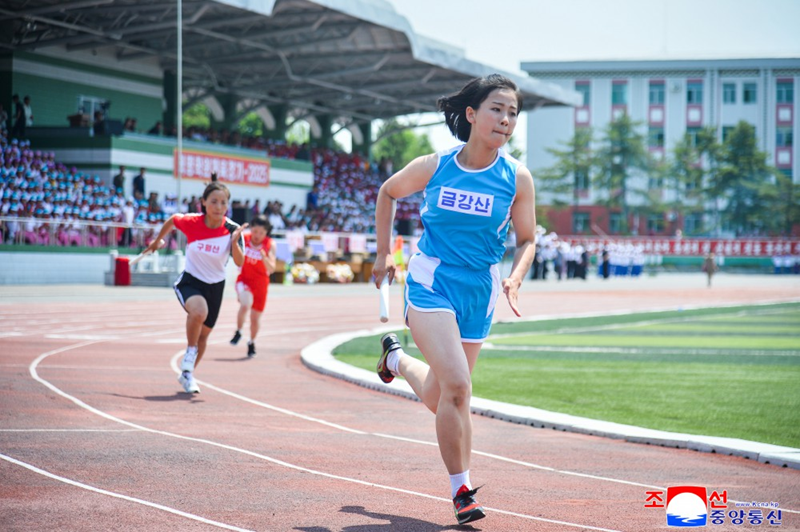
Why did the Name Change of Chilgol Revolutionary School Happen?
In recent years, North Korea has pushed further towards the personal cult of Kim Jong Un.
This can be seen in the promotion of his “revolutionary thought”, the introduction of the Kim Jong Un badge, and a trend of moving away from the old “juche” line. Kim himself has even openly criticised certain mistakes made by his father and grandfather.
The renaming of Kang Pan Sok Revolutionary School to Chilgol Revolutionary School reflects this shift. It removes the name of Kim Il Sung’s mother and replaces it with a neutral geographical name.
This change also brings the four revolutionary schools into a more unified naming style. At the same time, it avoids confusing the public, since in North Korea the name Chilgol is almost synonymous with Kang Pan Sok.
Conclusion
In recent years, North Korean society has seen significant changes, and the best way to observe and experience them is to visit the country in person.
YPT, the specialist in North Korea travel, organised several tours to the Chilgol Church and Chilgol Revolutionary Site before the pandemic. These visits gave travellers a rare glimpse into religion in North Korea as well as the cult surrounding Kang Pan Sok.
Click to read YPT’s North Korea tour page to read more.



